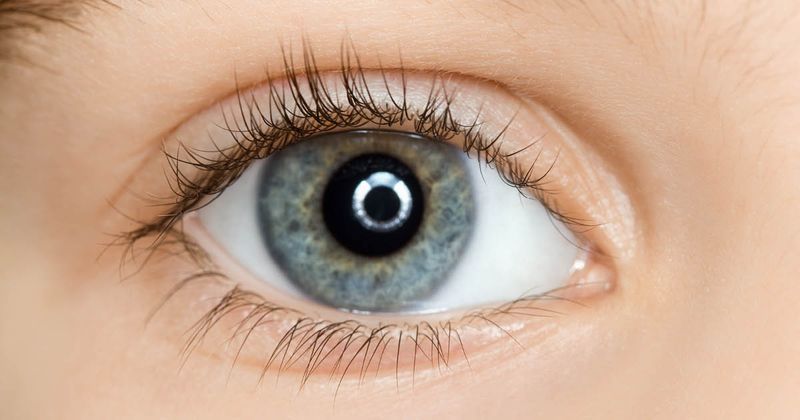CureSight demonstrates greater visual acuity gains vs. patching in patients with amblyopia
Key takeaways:
- The mean difference in improvement in visual acuity between CureSight and patching treatment groups was 0.05 logMAR (P = .02).
- Adherence to treatment also was greater in the CureSight group (94% vs. 83.9%).
Patients with amblyopia who were treated with the CureSight eye-tracking system achieved greater improvement in visual acuity at week 16 vs. those treated with patching, according to a study published in American Journal of Ophthalmology.
“This important breakthrough in amblyopia treatment is a reflection of NovaSight’s innovative technology in addition to the patients’ willingness to adhere to the CureSight regimen, which is better than patching, to which adherence is generally less than optimal,” Tamara Wygnanski-Jaffe, MD, head of the pediatric ophthalmology and strabismus service at Sheba Medical Center, said in a related NovaSight press release.

The prospective, multicenter, noninferiority trial enrolled 149 children with amblyopia aged 4 years to younger than 9 years who were randomly assigned to binocular treatment with CureSight (NovaSight) — a binocular, eye-tracking device for use at home — or patching.
The CureSight group (n = 75) used the system for 90 minutes a day, 5 days a week, while the patching group (n = 74) was instructed to wear an adhesive patch for 2 hours per day, 7 days a week, both for a total of 16 weeks. The researchers assessed amblyopic eye visual acuity from baseline to 16 weeks, as well as changes in stereoacuity and binocular visual acuity during this time.
According to per-protocol results, the mean improvement from baseline to week 16 in amblyopic visual acuity was 0.28 logMAR in the CureSight group vs. 0.23 logMAR in the patching group — a significant difference of 0.05 logMAR between groups (P = .02).
The researchers also reported significant improvements in stereoacuity and binocular visual acuity in both groups, although between-group differences were not significant.
Furthermore, median adherence to treatment was significantly higher in the CureSight group compared with the patching group (94% vs. 83.9%; P = .0038).
“This study showing CureSight’s superiority over patching marks a major milestone in amblyopia treatment advancements and builds on previous peer-reviewed studies demonstrating CureSight’s noninferiority to patching and preservation of visual gains” Ran Yam, NovaSight’s CEO and cofounder, said in the release.
Reference:
- NovaSight announces publication of study showing CureSight’s superiority over patching. Published Sept. 4, 2024. Accessed Sept. 12, 2024.
